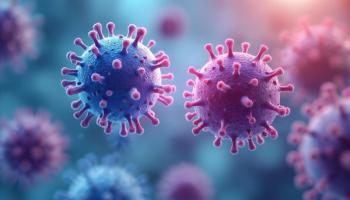
Uncovering the Mechanisms behind Adaptable Bacteria
Pseudomonas aeruginosa causes infections in patients with HIV, cancer, and other immune-compromised disease states.
The National Science Foundation has awarded a 3-year, $600,000 grant for a study that will examine the biochemical mechanisms that protect the bacteria Pseudomonas aeruginosa and allow it to thrive in different environments.
Leading the study is Rensselaer Polytechnic Institute (RPI) researcher, Blanca Barquera, who has experience with transport proteins.
“These organisms are able to live everywhere, under conditions with an enormous variety of food supply, salt levels, temperature, acid/base level, and oxygen level,” Barquera said. “And we have to ask — how can they do this? In order for the organisms to survive in so many different environments, the interior of the cell must remain a hospitable place for the biochemistry of life, regardless of what happens outside. And there are proteins in the membrane that are responsible for this.”
Transport proteins make up the active interface between the environment and the cell. The most important of these proteins are those that transport ions in and out of the cell.
These ion transport proteins are able to maintain favorable concentrations of ions inside the cell, while simultaneously being at the heart of energy production. In the current project, researchers will look to understand how transport proteins that move hydrogen and sodium cations through the cell membrane allow Pseudomonas to adjust its metabolism to different environments.
Several transport proteins, including NQR, NUO, and sodium/proton anti-porter, will be examined.
“In the lab, we can eliminate the proteins one at a time and see what happens to the organisms,” Barquera said. “If you remove the protein associated with salt exchange, how do they live? Can they live? How will they compensate? To asses this, we can measure their activities and figure out their function. It’s a battery of experiments where you put it through many combinations and look at the results and learn about the organism.”
Through the study, Barquera hopes to gain a better understanding of the mechanisms of proteins and determine the roles played by these proteins, and ion gradients they generate, in the physiology of the cells.
Additionally, the authors noted that this knowledge will also be important to other areas of biotechnology, including metabolic engineering, bacterial production of natural and artificial products, and waste remediation.
Newsletter
Stay informed on drug updates, treatment guidelines, and pharmacy practice trends—subscribe to Pharmacy Times for weekly clinical insights.




















































































































































































































